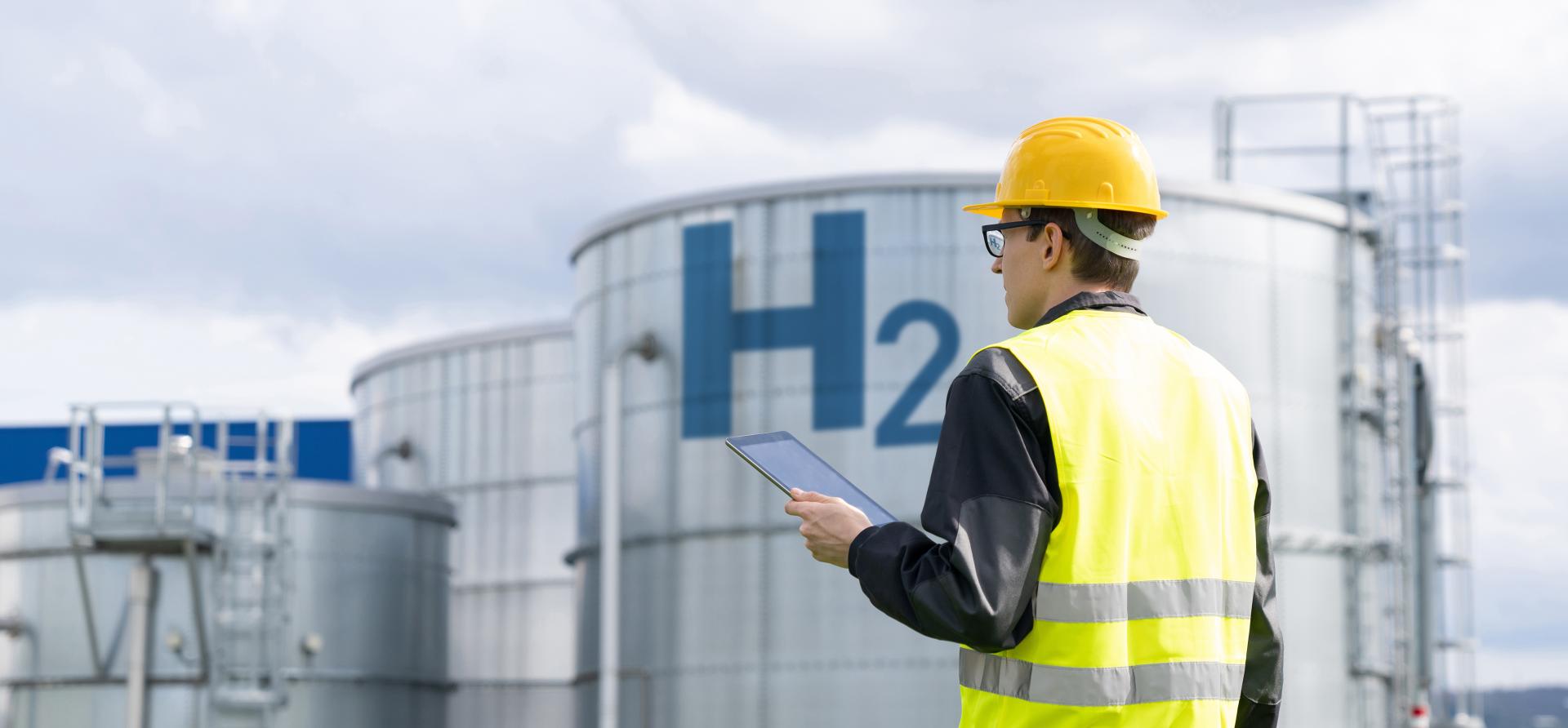Hydrogen holds great potential for Australia’s onshore green iron production
Download Briefing Note
View Press Release

Key Findings
As more global rivals turn to green iron and steel production, the government’s Hydrogen Headstart funding and tax credits can help Australia compete.
South Australia’s new green iron EOI and Quinbrook’s project highlight the growing push to bypass gas and shift straight to green hydrogen-based DRI in Australia.
The Future Gas Strategy’s notion that gas has a role in steelmaking directly contradicts the steel sector’s growing global shift towards green hydrogen.
Gas-based DRI has lower emissions than coal-fired blast furnaces, but still emits significant CO2. Carbon capture and storage technology (CCS) is unable to effectively decarbonise gas-based steelmaking.
Steelmakers around the world are focusing on ways to reduce their significant carbon emissions in response to growing investor pressure and the implications of the EU’s carbon border adjustment mechanism (CBAM), which looks likely to be replicated globally. The industry will need to shift away from fossil fuels towards alternative ways to reduce iron ore. Direct reduced iron (DRI)-based steelmaking using green hydrogen is the most promising near-term alternative. With excellent renewable energy resources available to produce green hydrogen relatively cheaply, there is growing interest in Australia’s potential to process its iron ores into “green iron” onshore for export to steelmakers seeking emissions reductions.
Two pivotal strategic plans announced recently will shape the industrial and energy landscape for green iron and steel in Australia. The Future Made in Australia initiative, which aims to embrace the nation’s renewable energy advantages and support Australian manufacturing amid the energy transition, and the Future Gas Strategy, which asserts that gas will remain a key element of the energy framework, including for iron and steel. These strategies present divergent and contradictory paths for the future of iron production in Australia. Continued reliance on gas presents risks to Australian manufacturing in a world that is transitioning away from fossil fuels.
Under the Future Made in Australia initiative, the Australian government has announced a Hydrogen Production Tax Incentive of $2 per kilogram of green hydrogen produced between 2027-28 to 2039-40, for up to 10 years per project and a further A$1.3 billion over the next decade in Hydrogen Headstart program funding to support green hydrogen production development. With hydrogen export looking prohibitively expensive, Australian green hydrogen should be used domestically, with ironmaking a key potential off-taker.
Conversely, the Future Gas Strategy stated, “Gas will support our economy during the transition to net zero and will remain a critical part of the energy landscape in 2050 and beyond”, emphasising the use of gas in the steel sector. The Future Gas Strategy Analytical report also addressed the steel sector, stating, “Similarly, for heavy industry users of coal (such as steel manufacturing), gas can provide an intermediate step toward future use of hydrogen in production while lowering emissions.”
The key to truly low-carbon iron and steel production in Australia lies in resolving this incongruity and choosing a path forward considering national competitiveness, with other countries now examining the green iron and steel opportunity.

Read the full briefing note here.

















